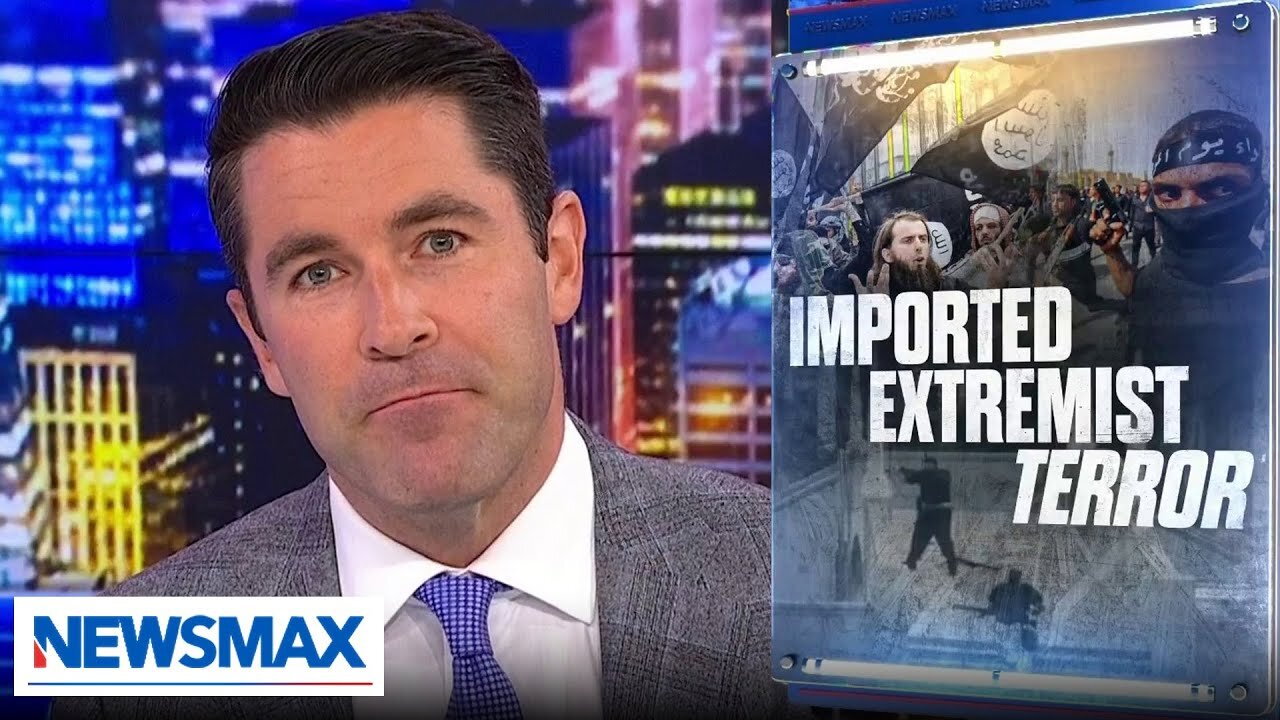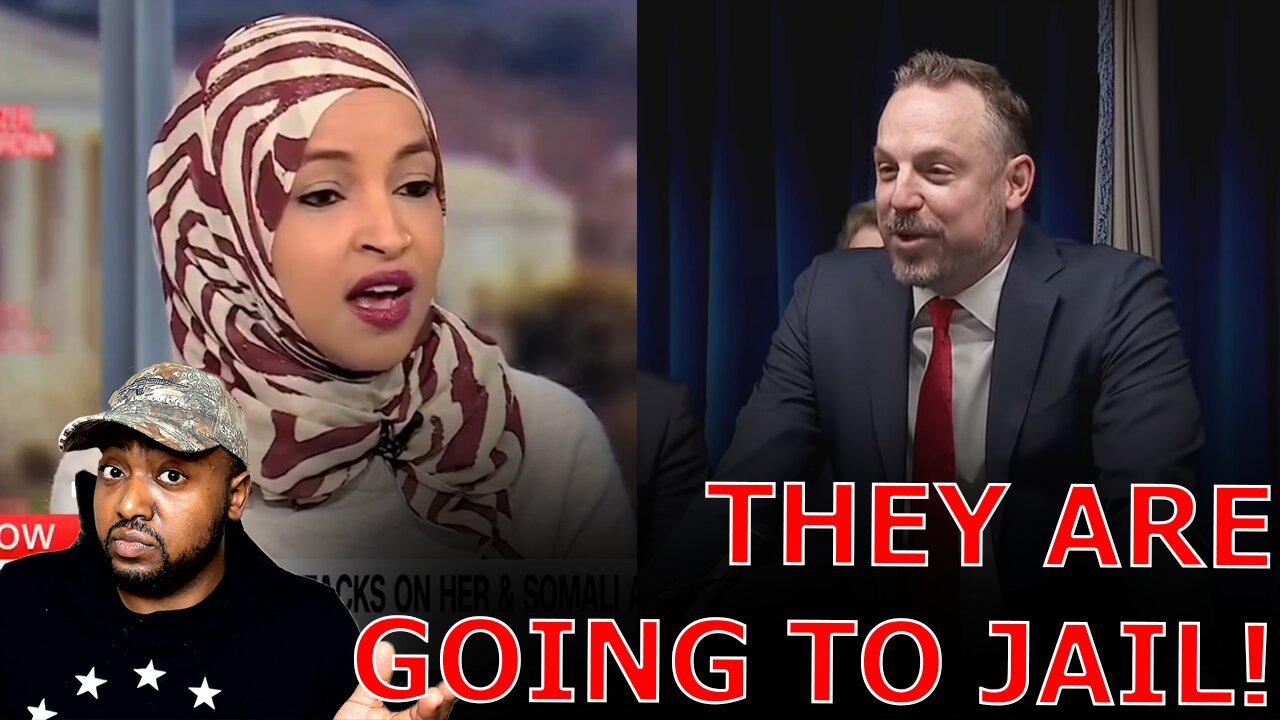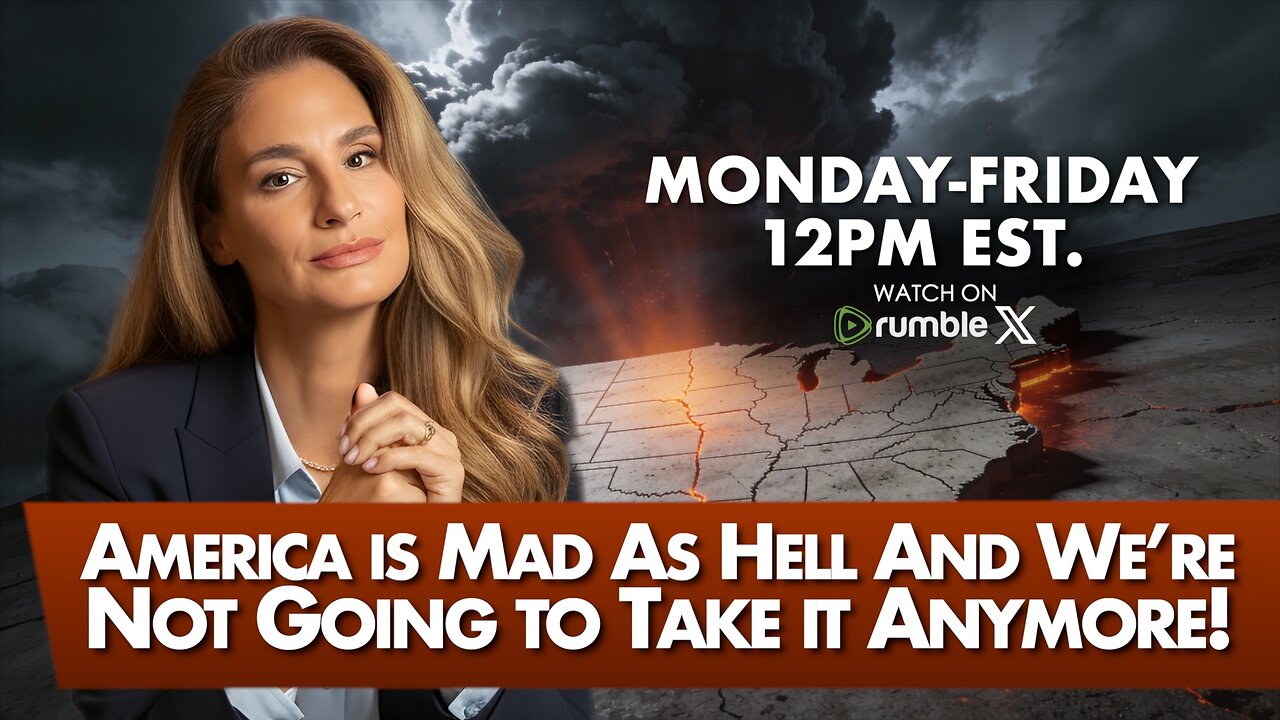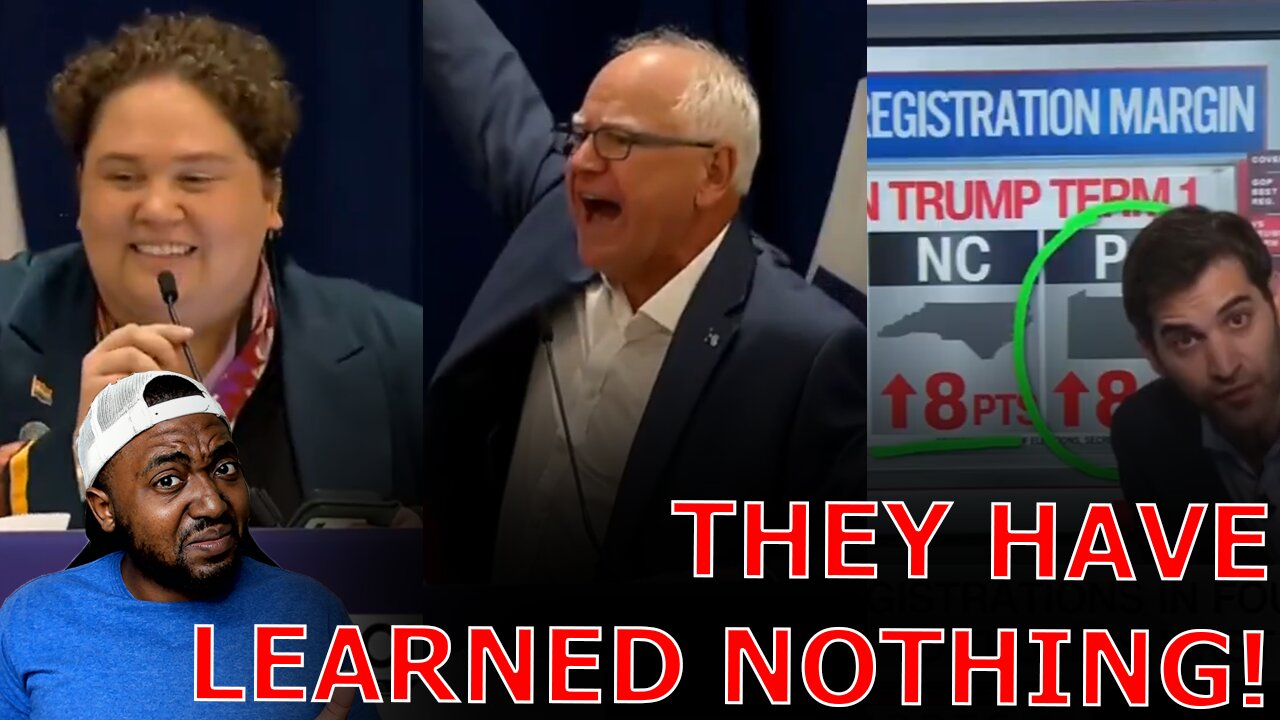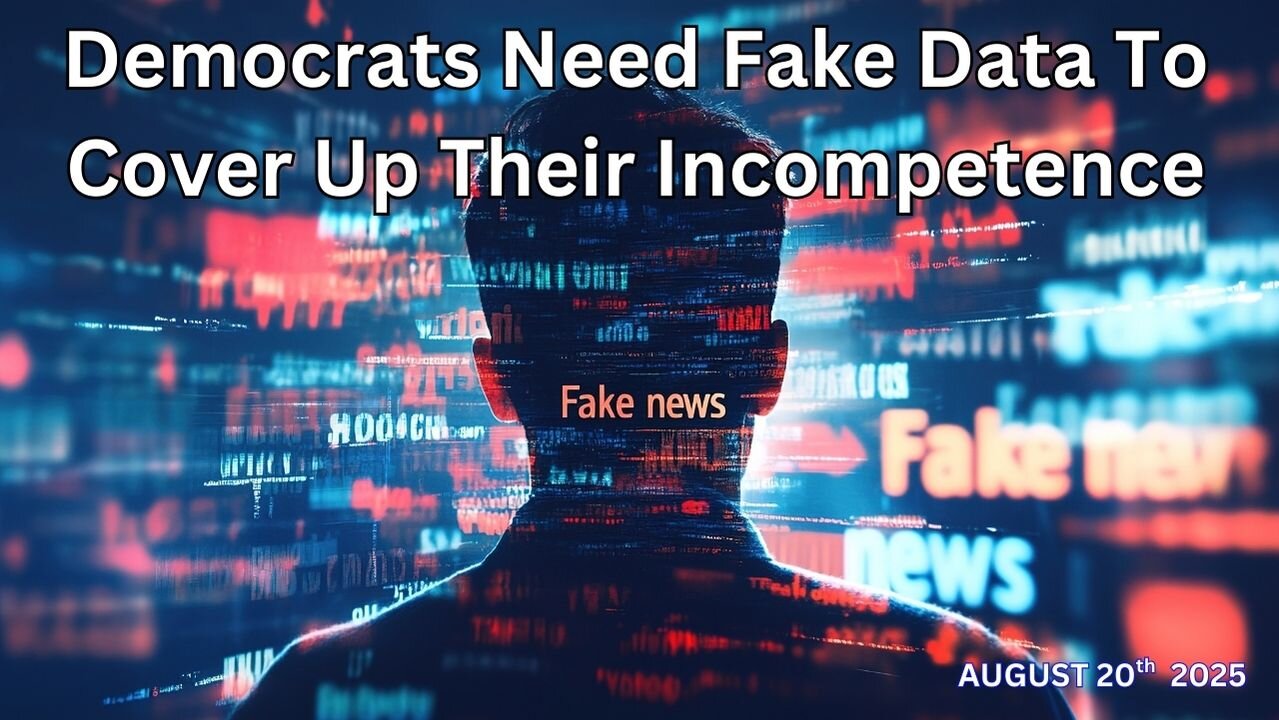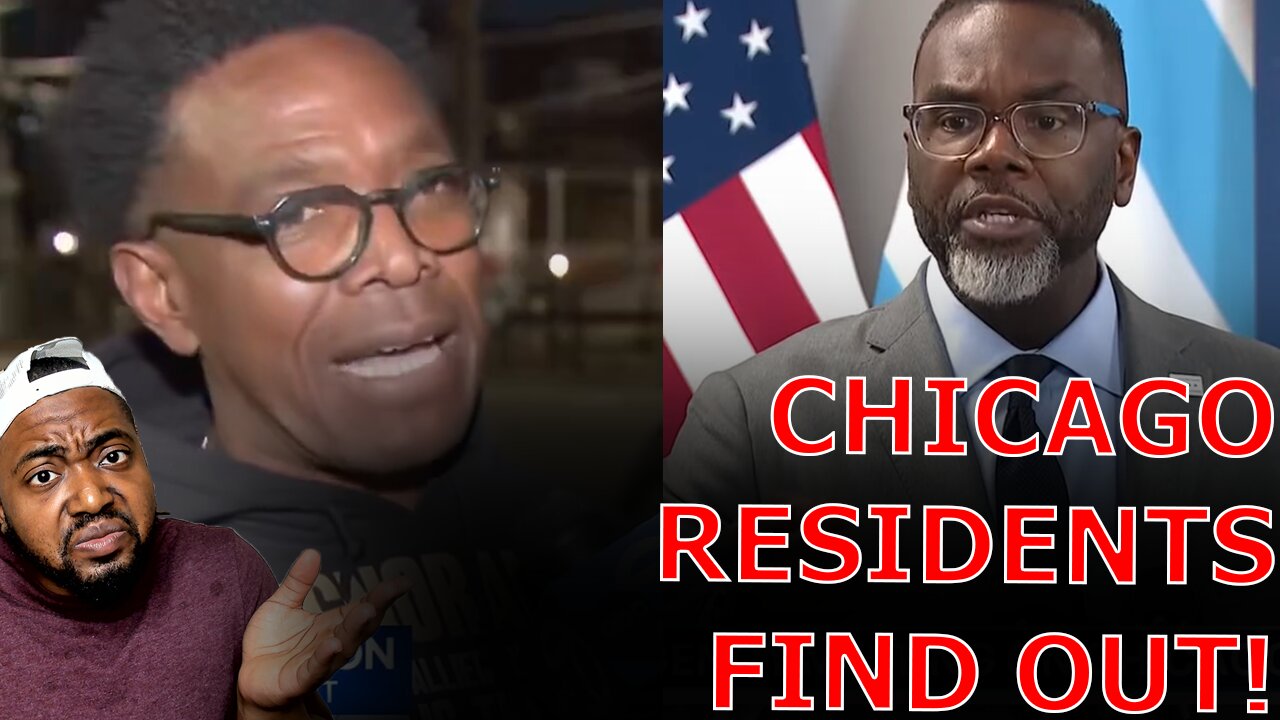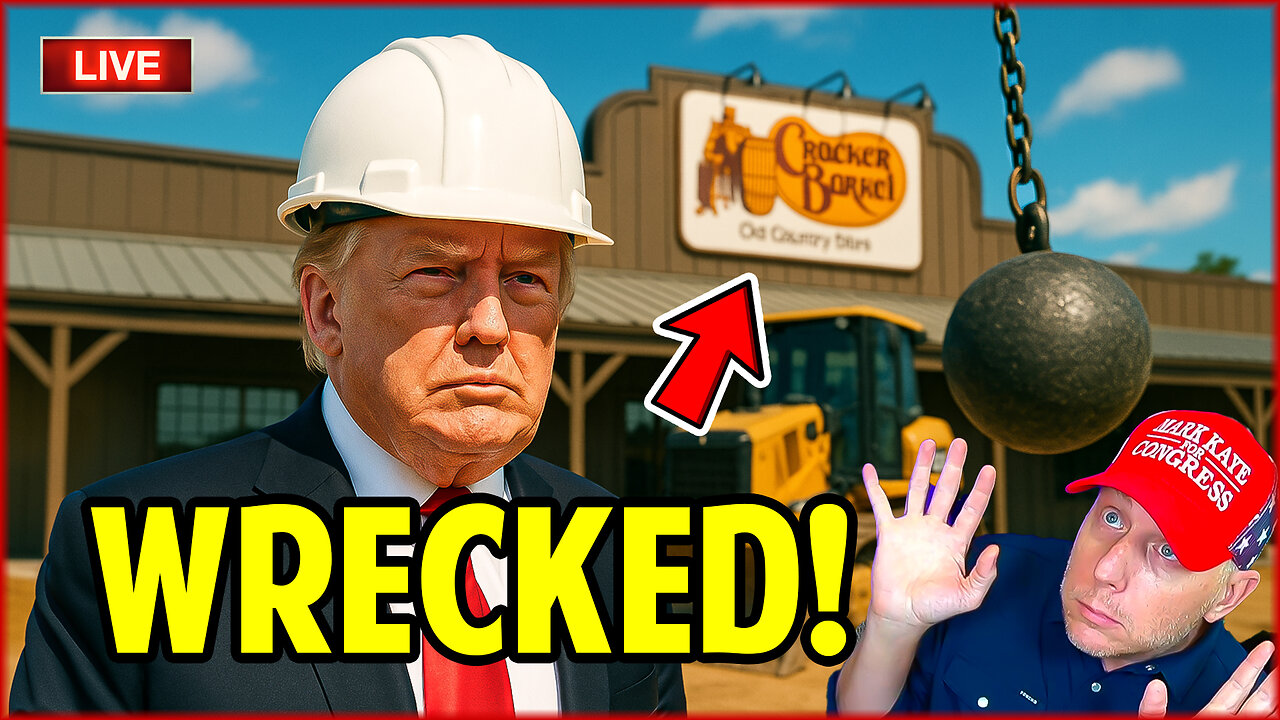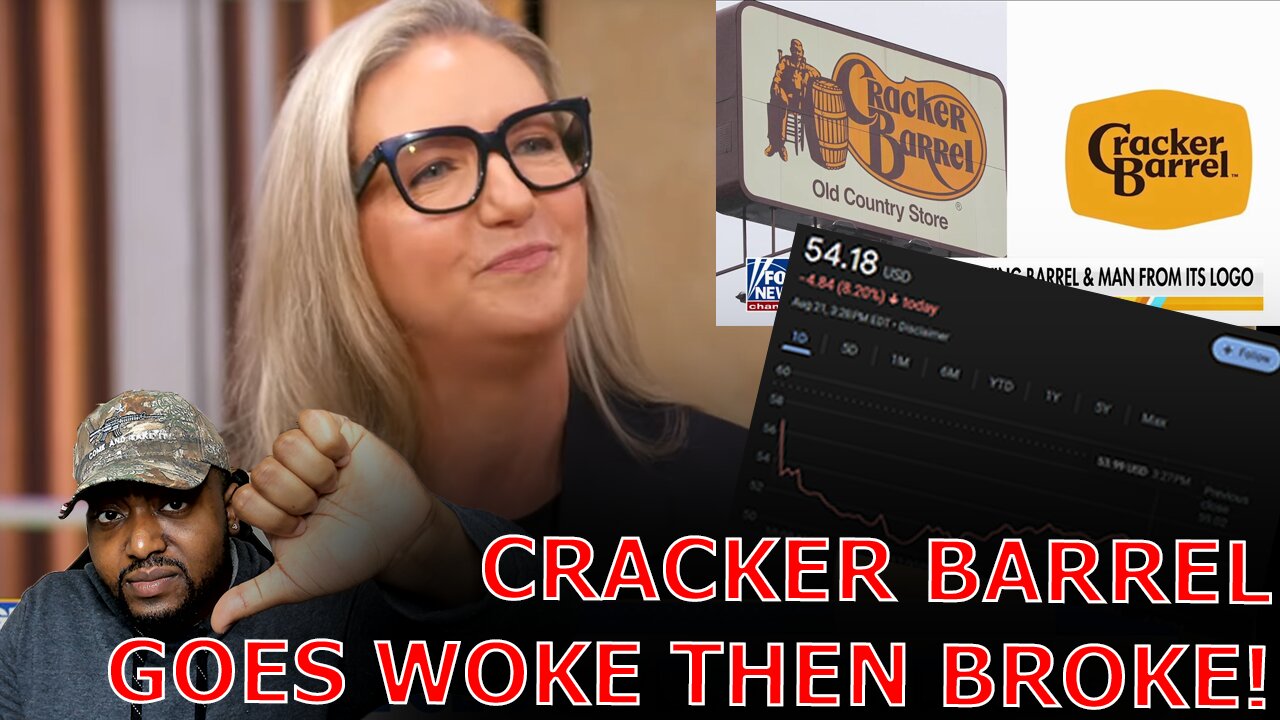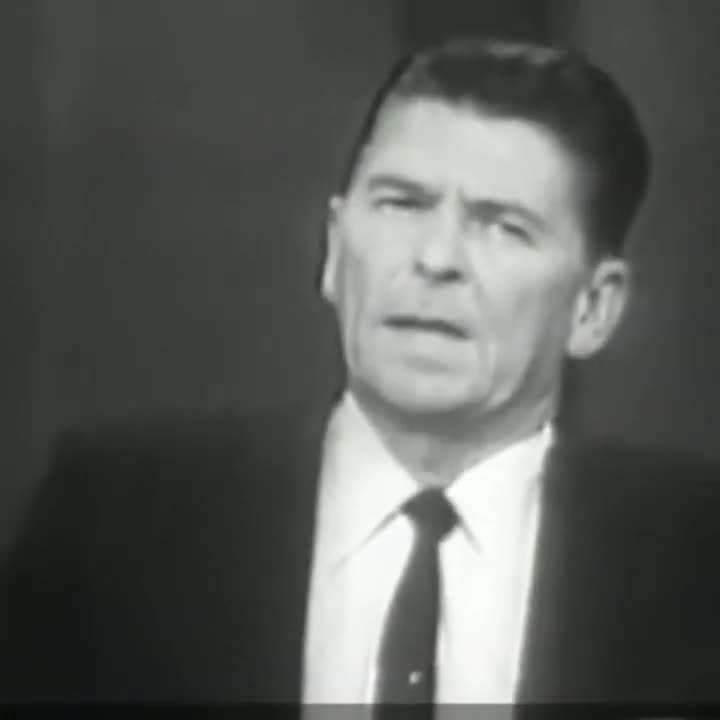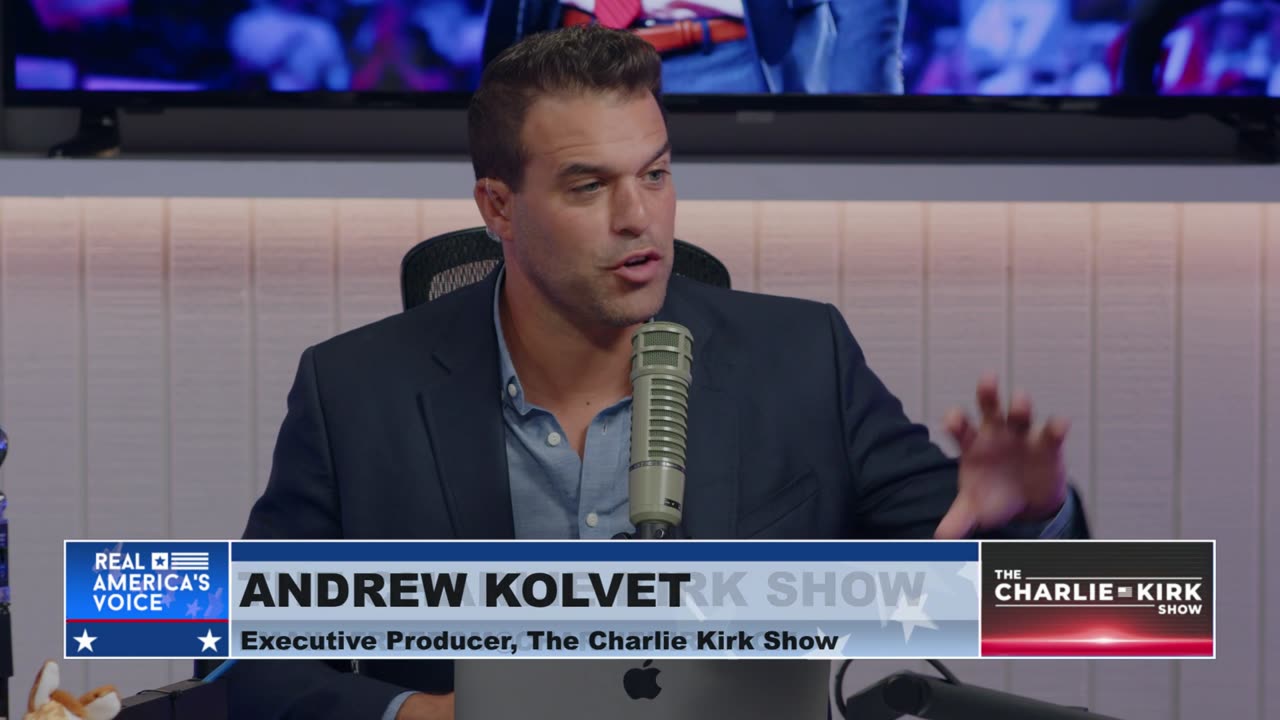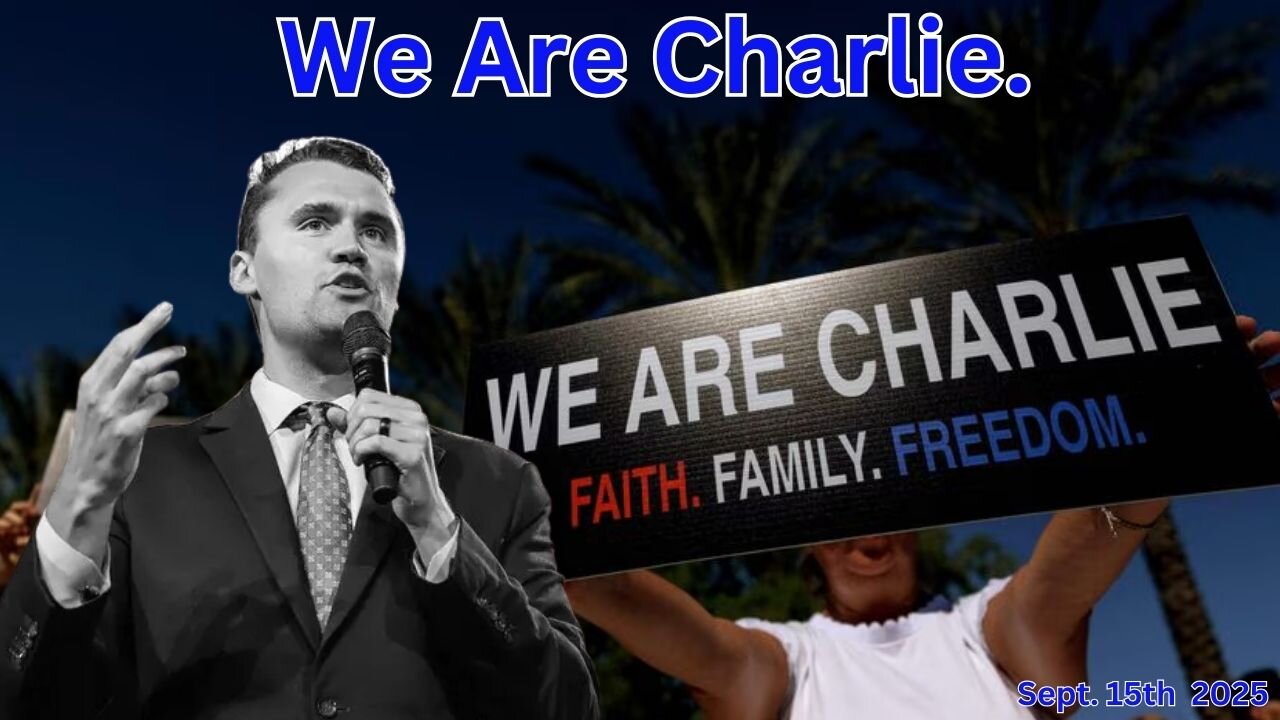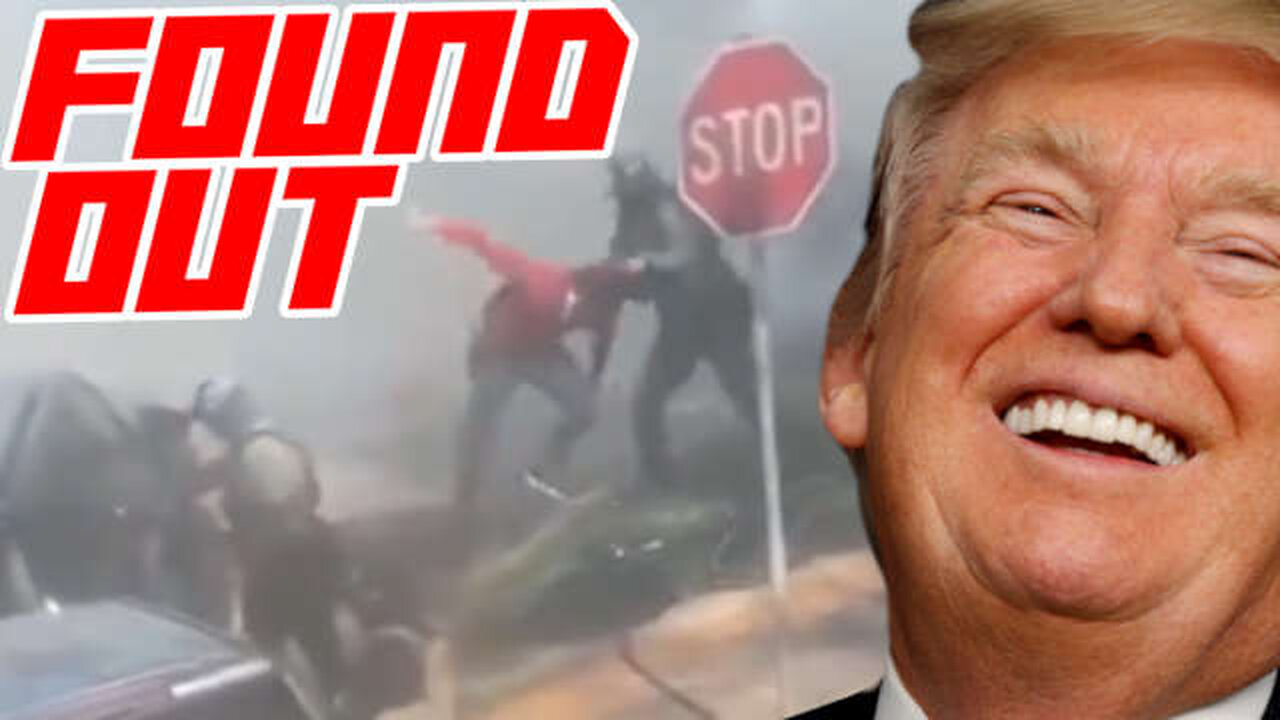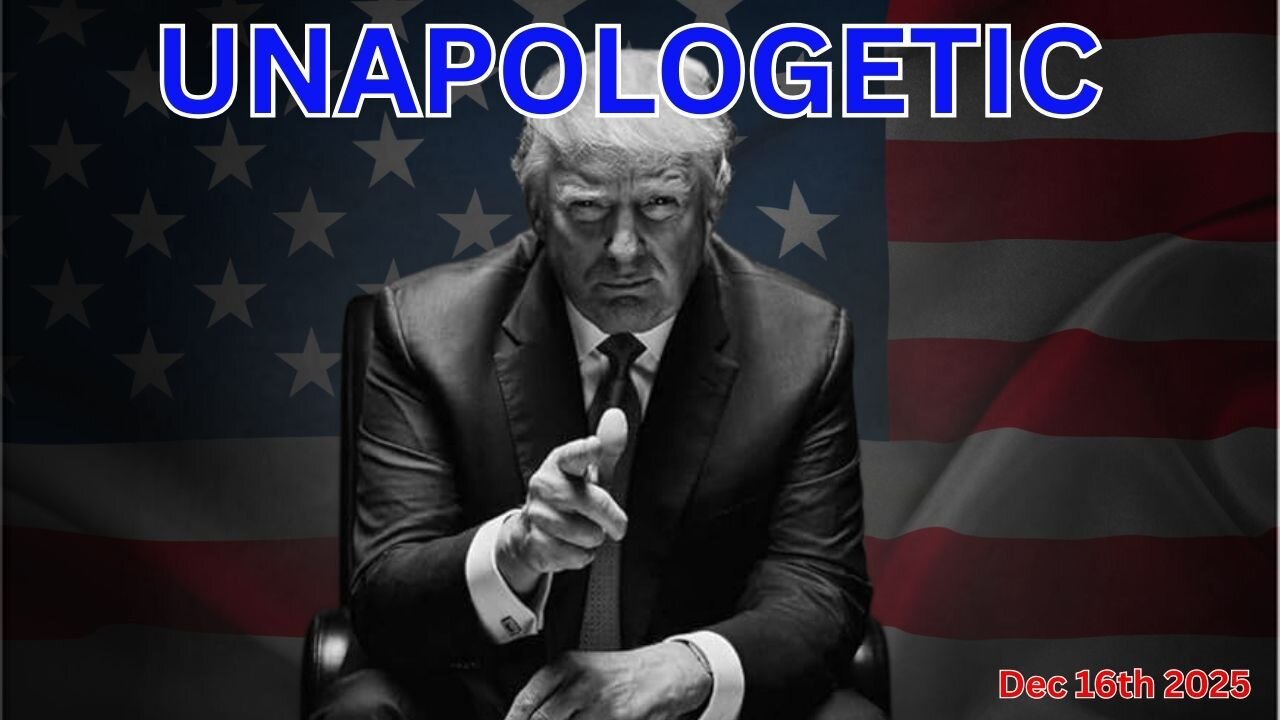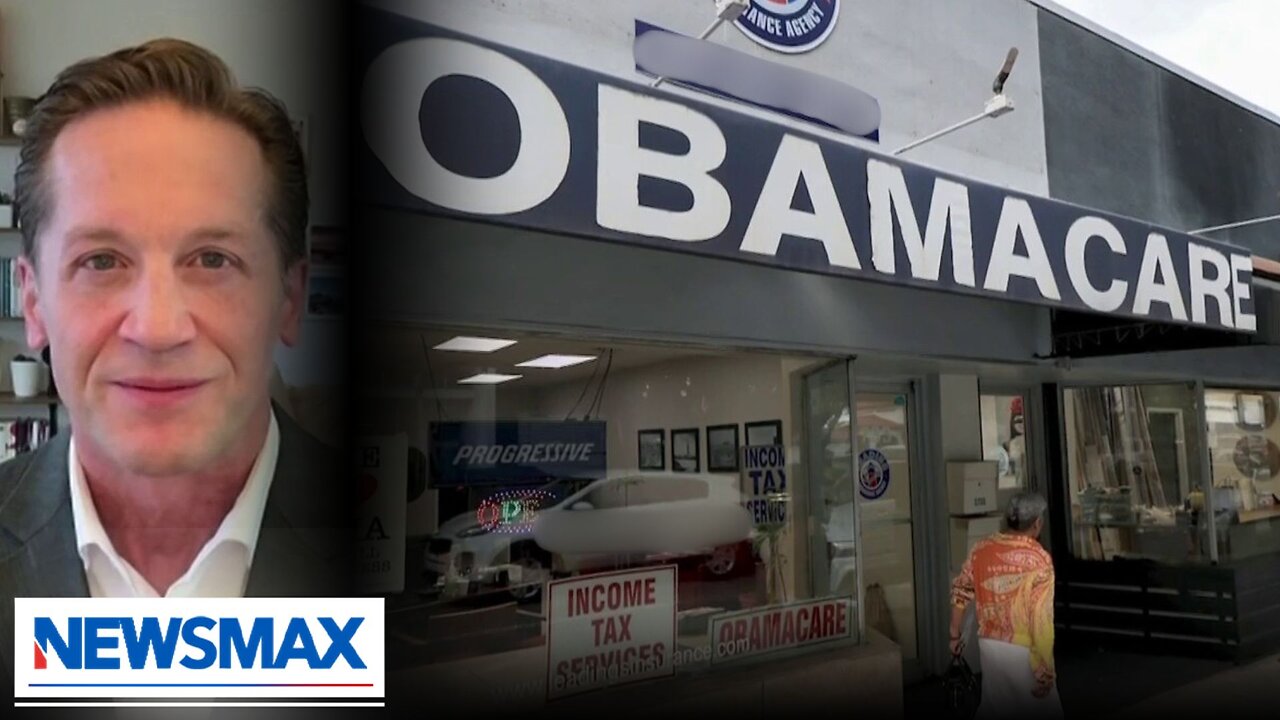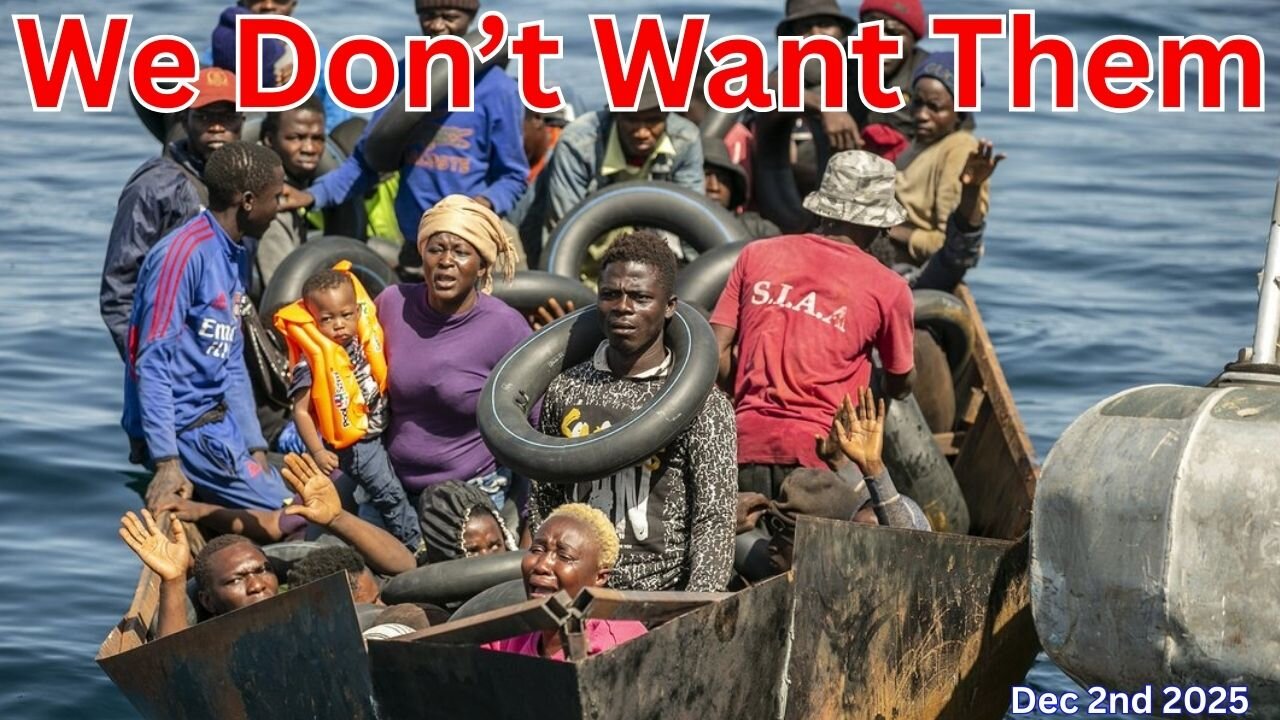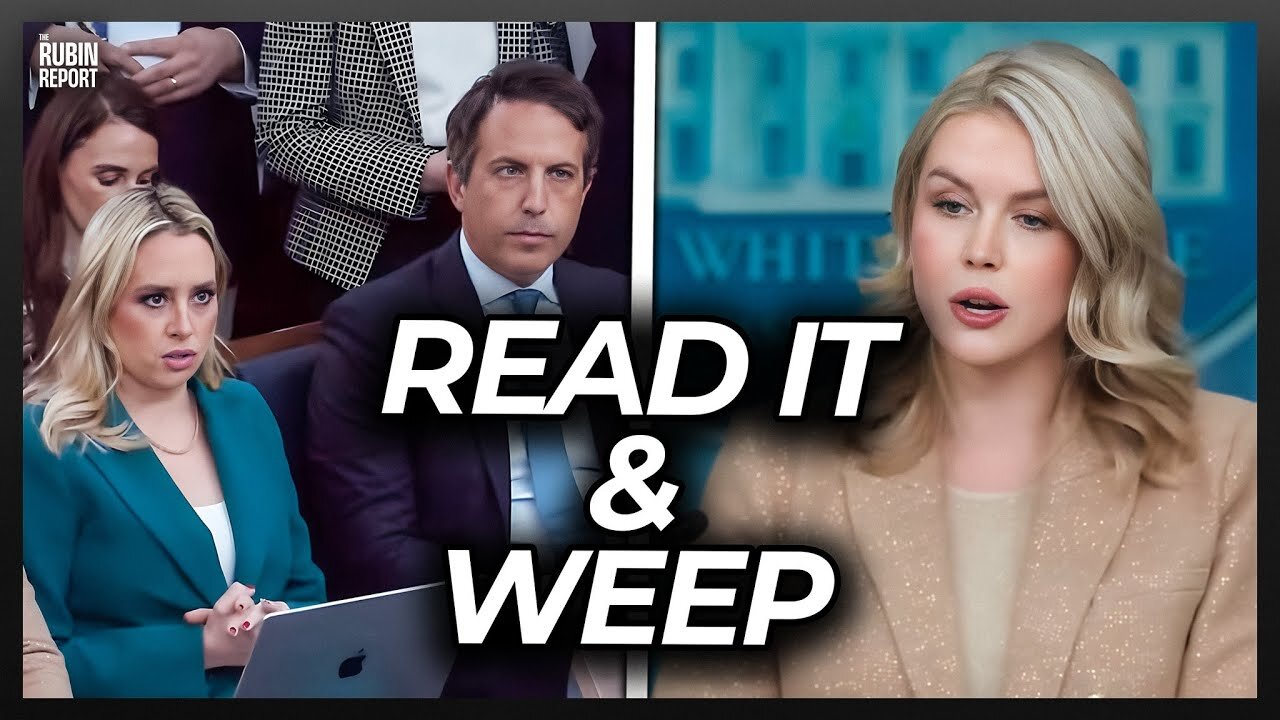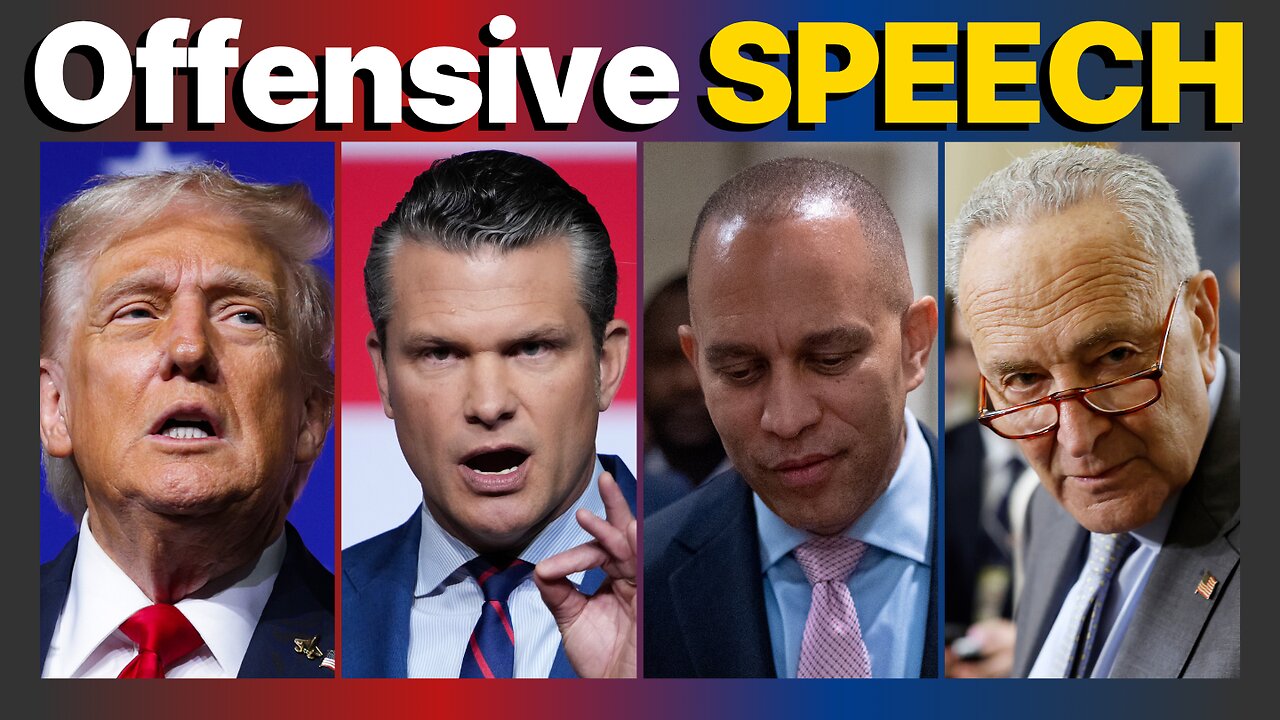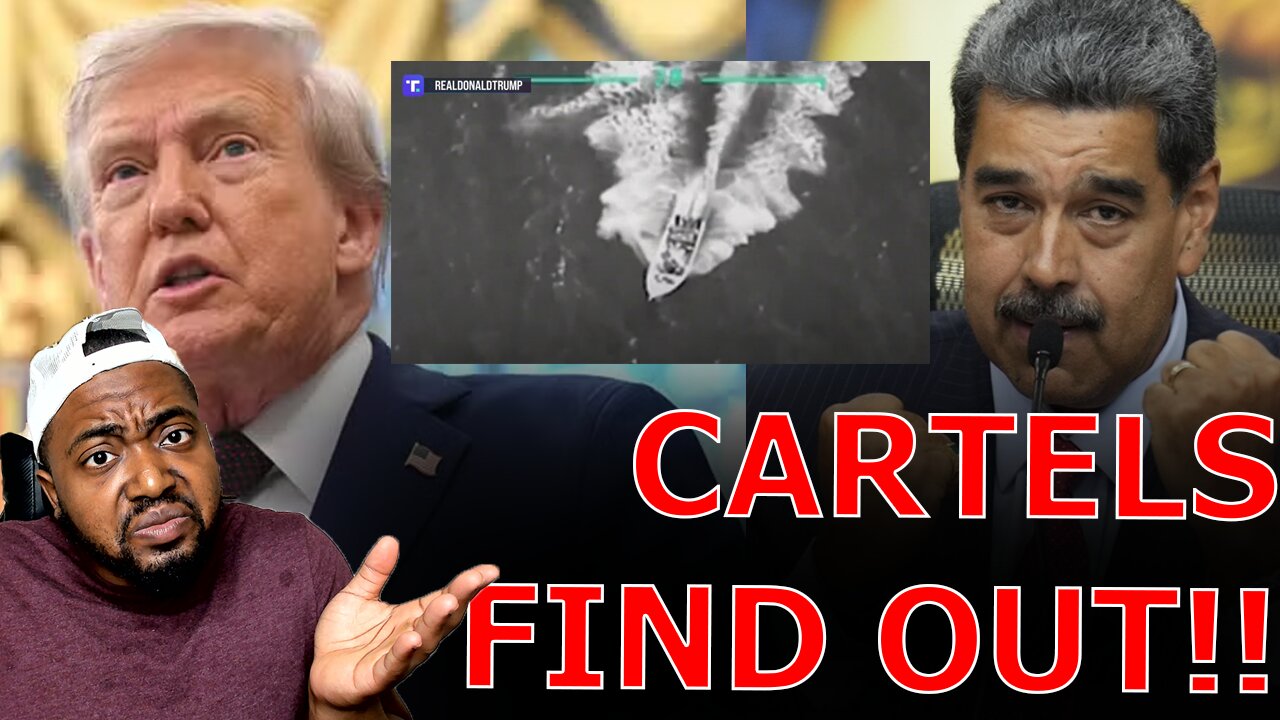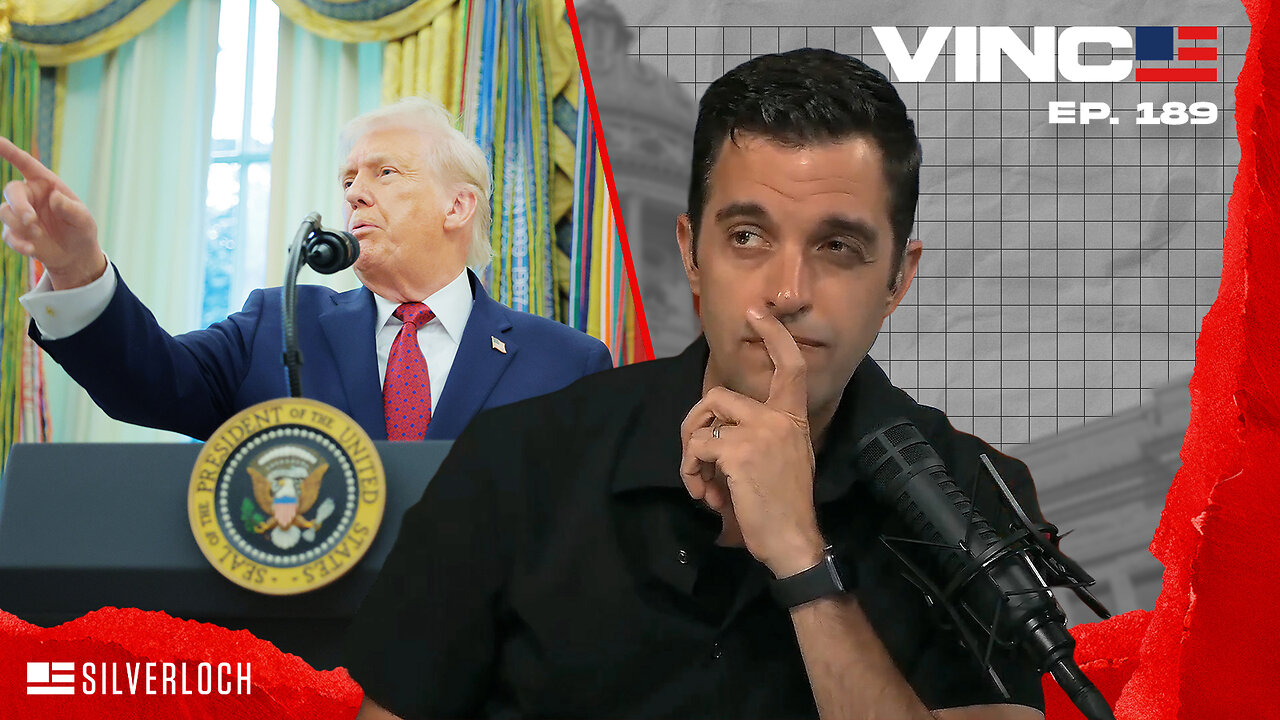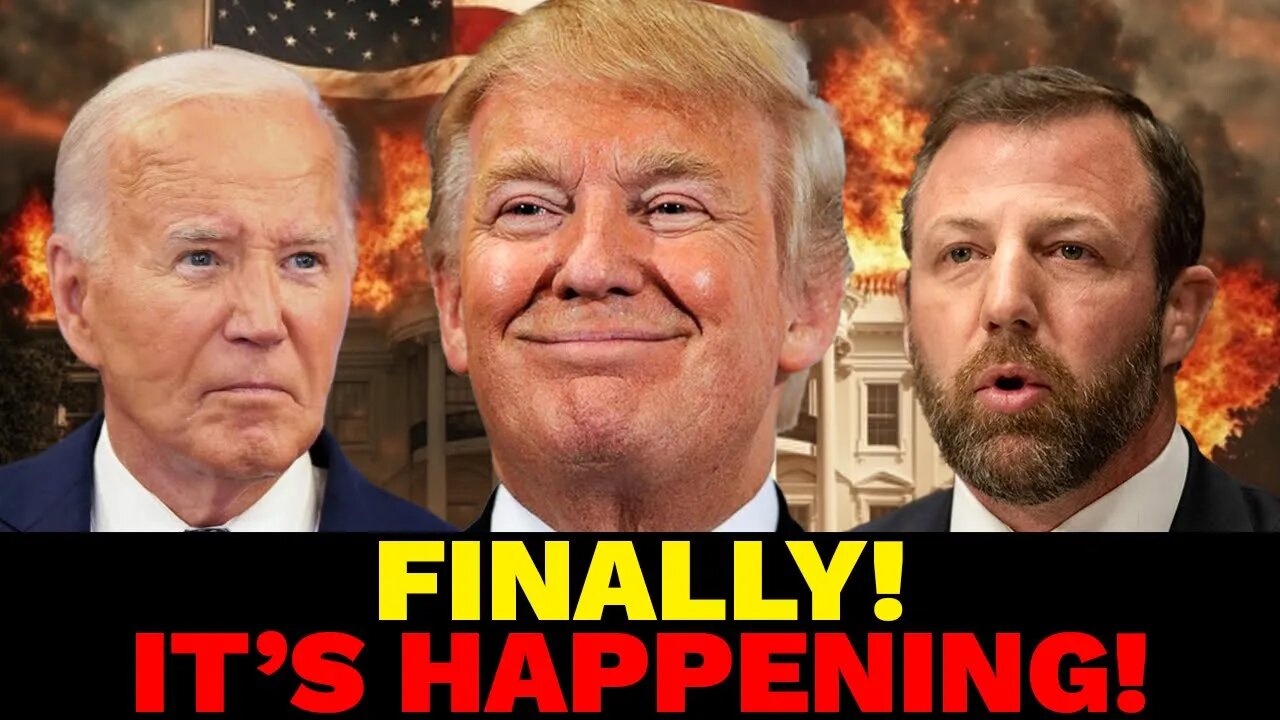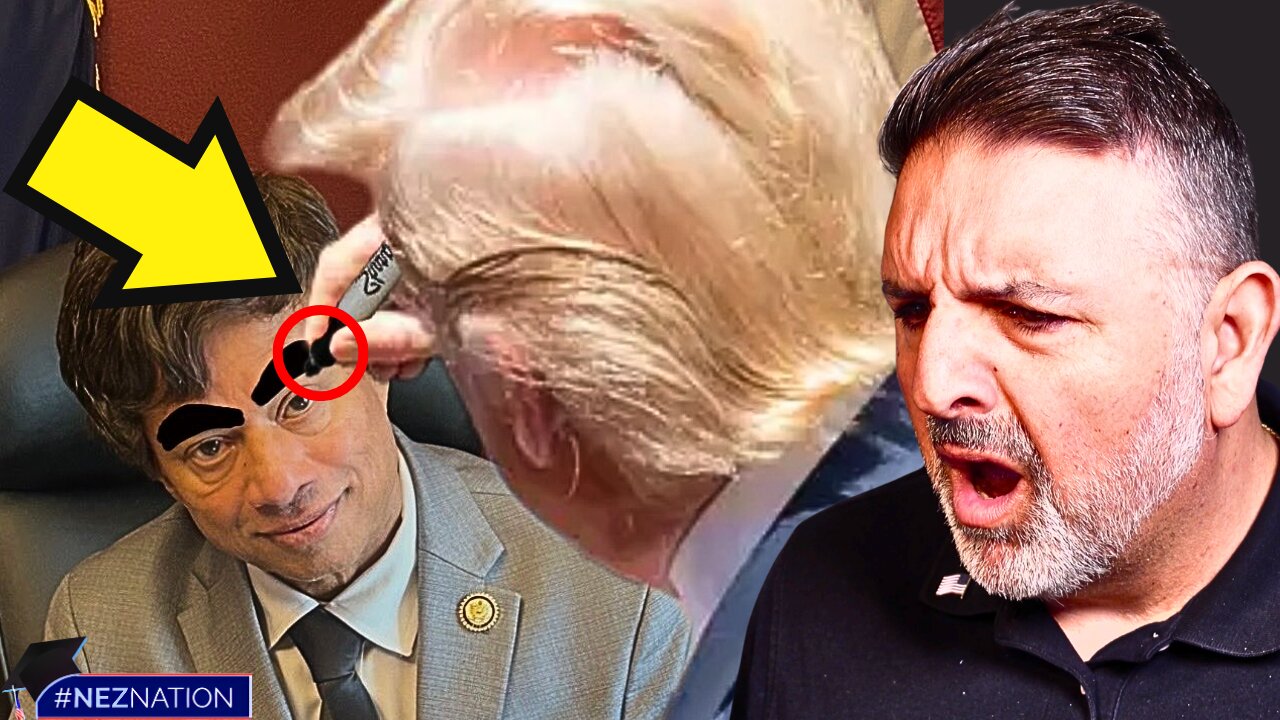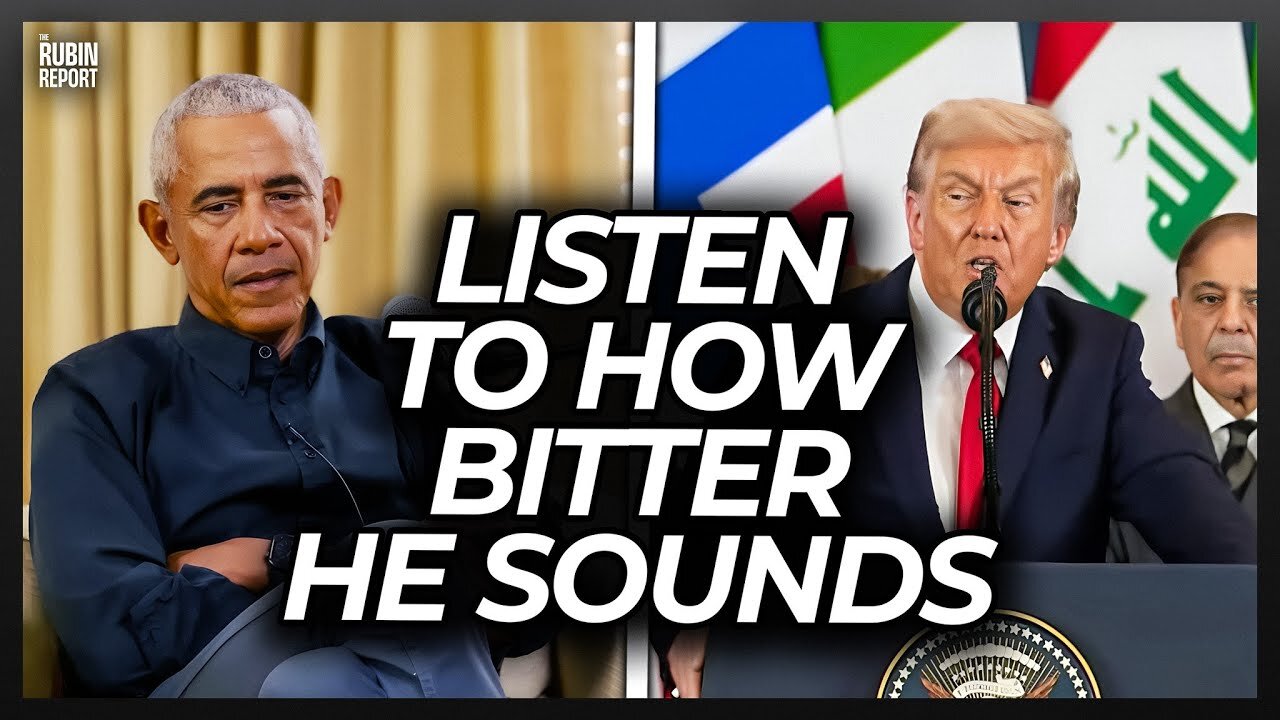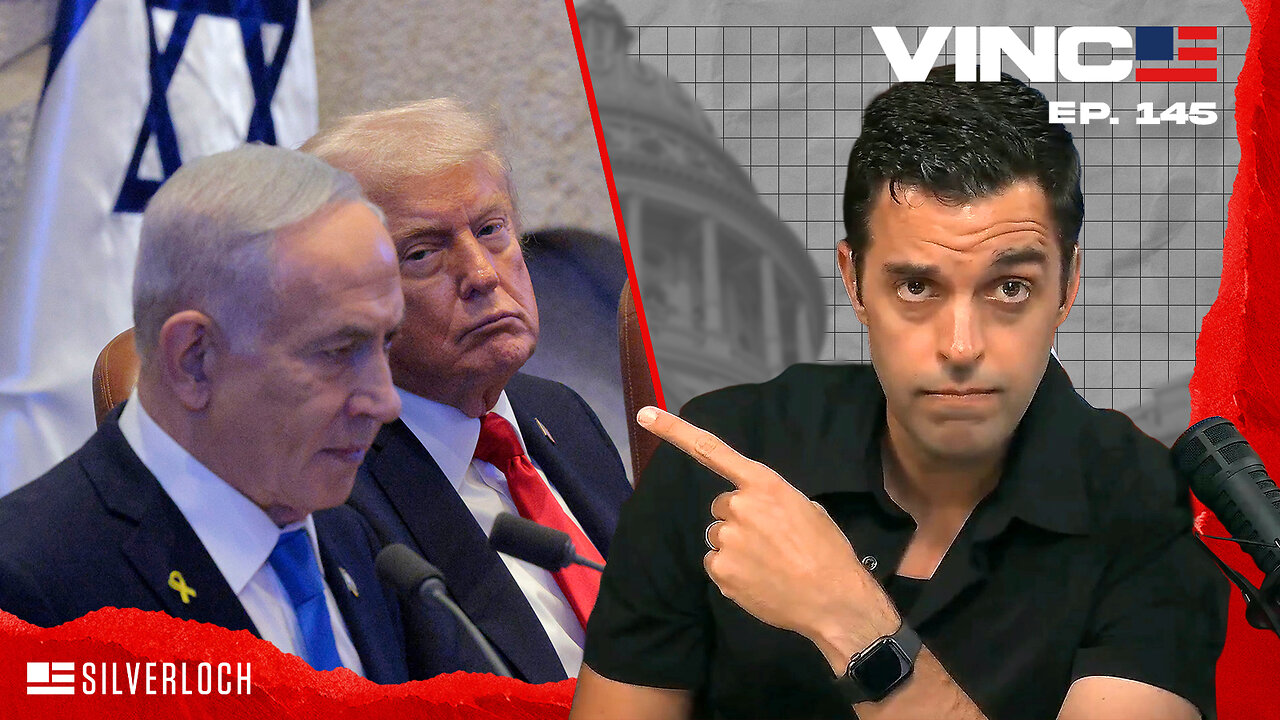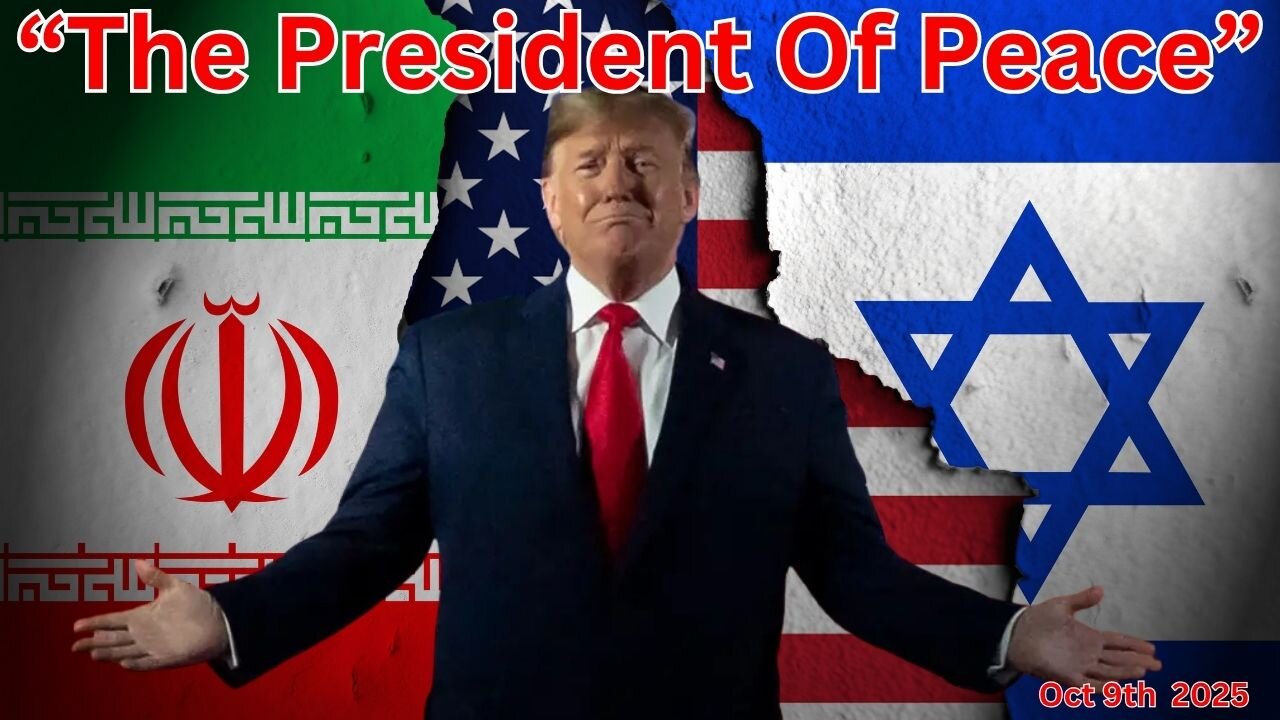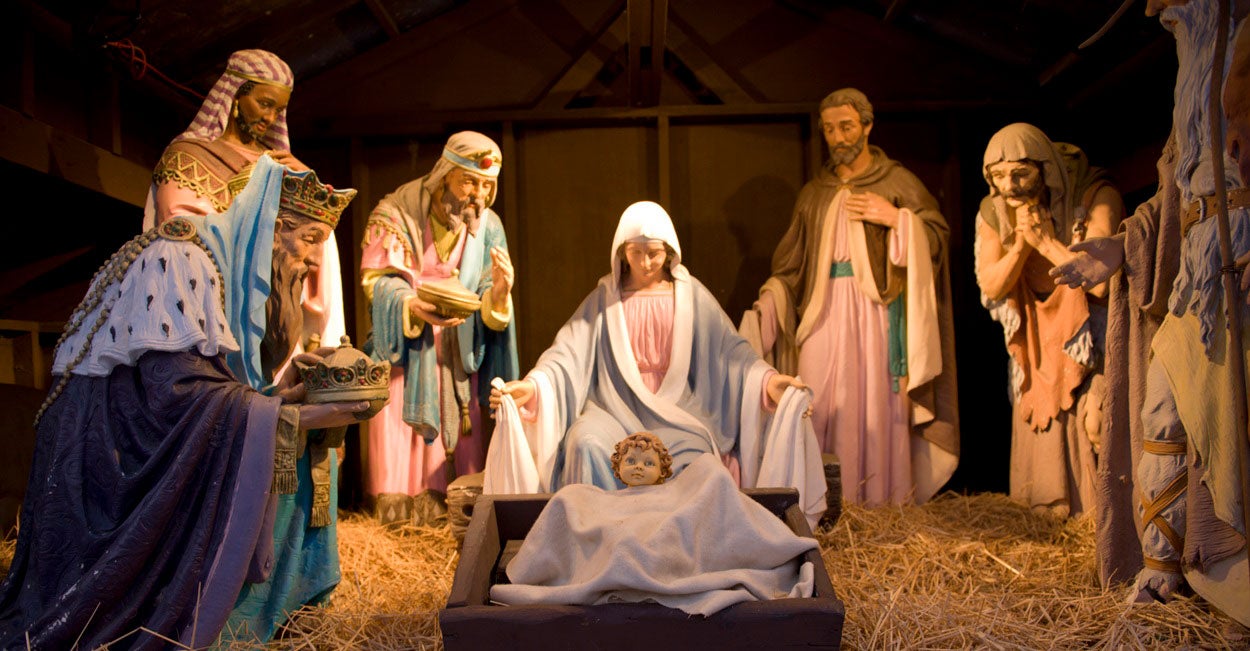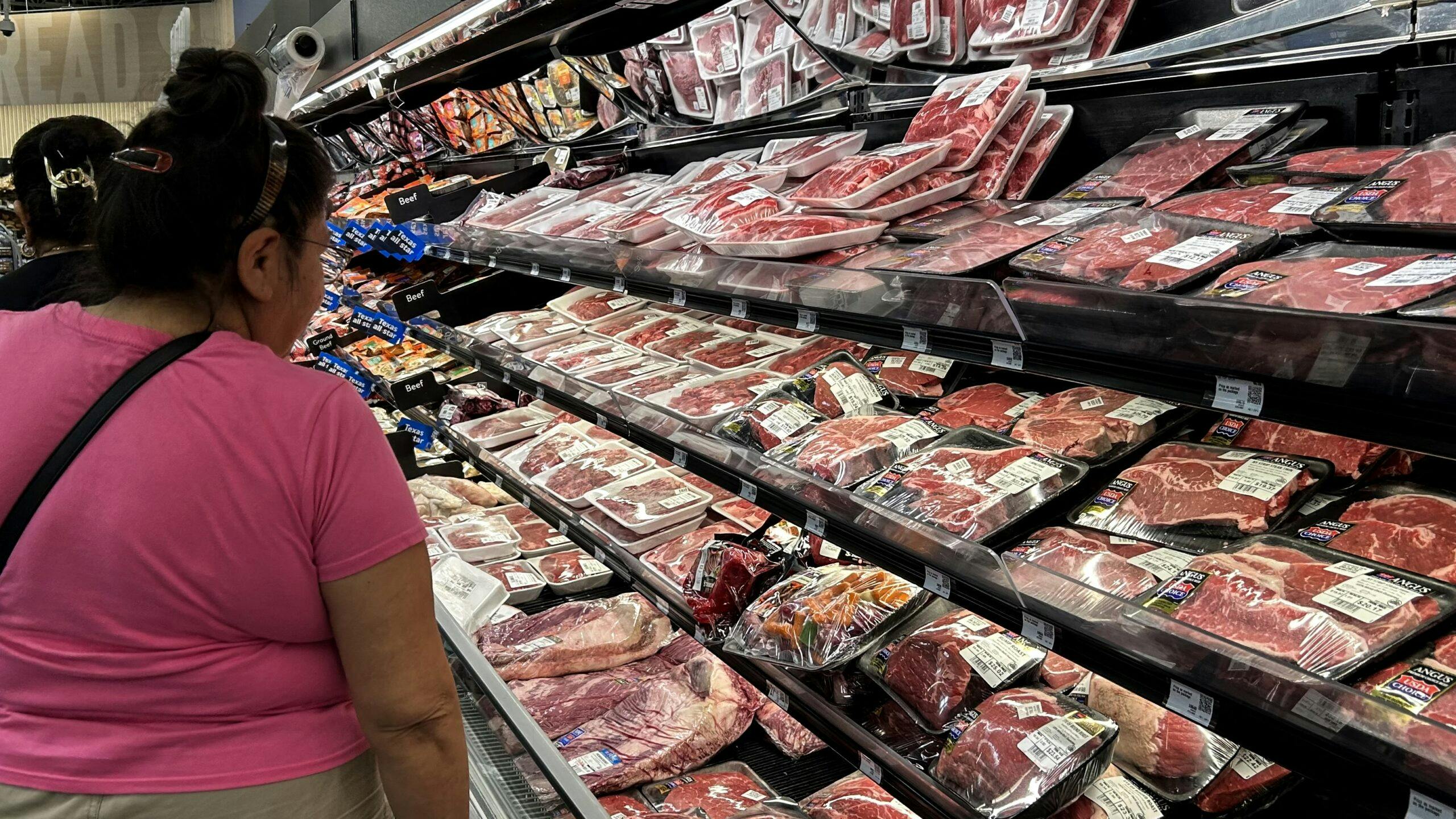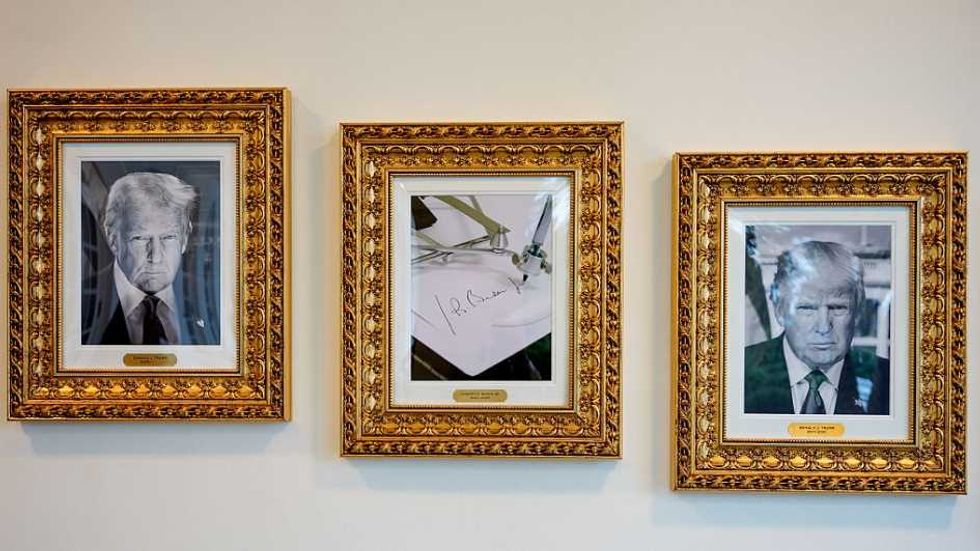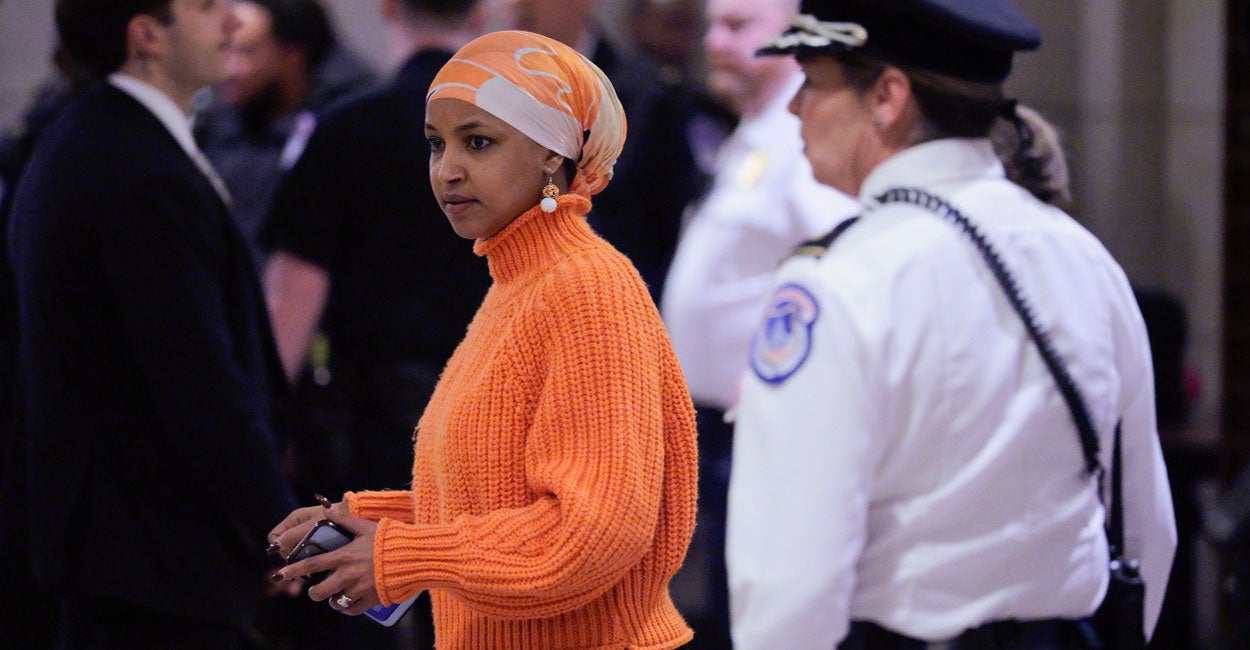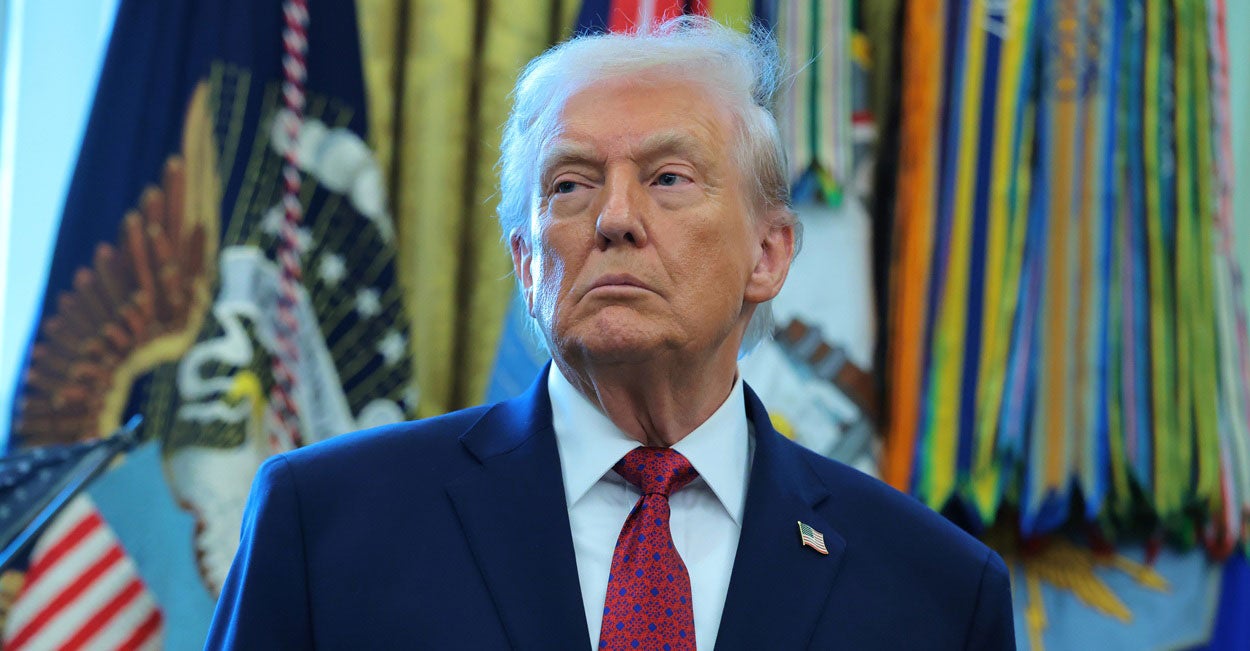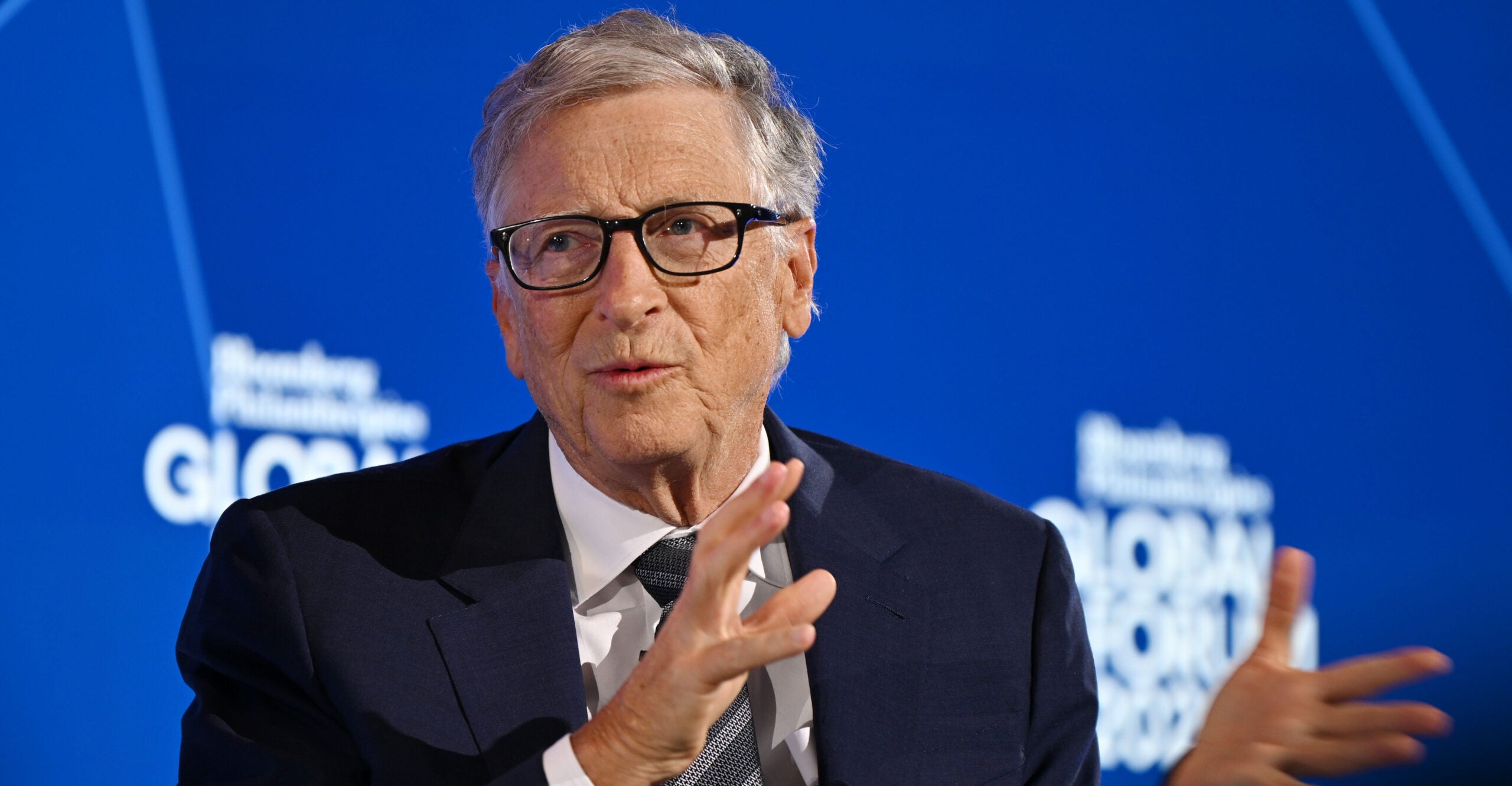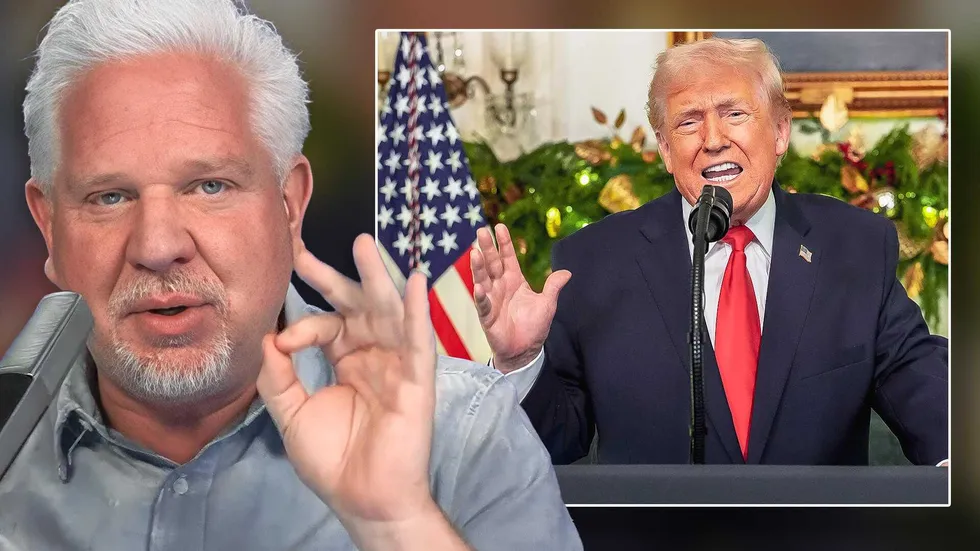Trump Sounds Alarm: SCOTUS Tariff Ruling Could Trigger $3 Trillion Economic ‘Unwind’

President Donald Trump issued a Truth Social post on Monday that centered on a major Supreme Court case that could reshape the limits of presidential power over U.S. trade policy.
Live Your Best Retirement
Fun • Funds • Fitness • Freedom
President Trump warned that the U.S. Supreme Court “was given the wrong numbers” regarding the economic stakes of the pending tariff case. He stated that if the Court rules against him, the resulting “unwind” of the tariff system — reversing investments, refunds, and related measures — would exceed $3 trillion. He characterized that scenario as an “insurmountable National Security Event,” warning it could devastate the U.S. economy and threaten the country’s sustainability.
Trump’s statement is both an economic and political message, emphasizing that the stakes of the Supreme Court’s decision extend well beyond trade law. He suggests that an unfavorable ruling could require returning massive tariff revenues collected under his administration’s 2025 “reciprocal tariffs,” potentially exceeding $3 trillion when including lost investment and refunds. This would unwind a significant source of federal revenue and destabilize fiscal planning.
Trump is also framing tariffs as essential to protecting U.S. manufacturing and reducing dependence on foreign suppliers. Therefore, reversing them would not only hurt the economy but also compromise U.S. national security. By calling it a “national security event,” Trump connects trade policy to his broader presidential authority under the International Emergency Economic Powers Act (IEEPA), arguing that tariffs are a legitimate tool for addressing threats tied to trade deficits and foreign economic influence.
Trump’s claim that the Supreme Court “was given the wrong numbers” implies he believes the economic consequences have been understated to the justices, a move aimed at shaping public perception and potentially influencing the Court’s understanding of the stakes.
The Supreme Court case, Trump v. V.O.S. Selections, Inc., consolidates challenges to Trump’s use of IEEPA to impose wide-reaching tariffs without explicit congressional approval. The Court of International Trade and the U.S. Court of Appeals for the Federal Circuit ruled that the IEEPA does not authorize the president to impose tariffs. Lower courts have ruled against Trump, saying that IEEPA does not authorize open-ended tariffs and that such economic measures require a clear congressional delegation. If the justices affirm those rulings, it could force the government to refund hundreds of billions — possibly trillions — in tariff payments, upend trade contracts, and reshape the executive’s emergency powers. On the other hand, if the Court rules in favor of the administration, it will dramatically expand the president’s authority to set trade policy under emergency declarations.
The federal government collected about $213 billion in tariffs through September 2025, with monthly records of more than $31 billion in late summer. Some forecasts project around $3 trillion in tariff revenue over a decade. The Congressional Budget Office estimates these tariffs reduce deficits by $2.8 trillion over ten years but slightly dampen GDP and increase inflation by 0.4% by 2027.
According to a study by the Federal Reserve Bank of St. Louis, tariffs haven’t driven up consumer prices as much as some critics have predicted, because businesses want to see where tariff rates settle before they adjust their prices.
Originally Published at Daily Wire, Daily Signal, or The Blaze
What's Your Reaction?
 Like
0
Like
0
 Dislike
0
Dislike
0
 Love
0
Love
0
 Funny
0
Funny
0
 Angry
0
Angry
0
 Sad
0
Sad
0
 Wow
0
Wow
0





